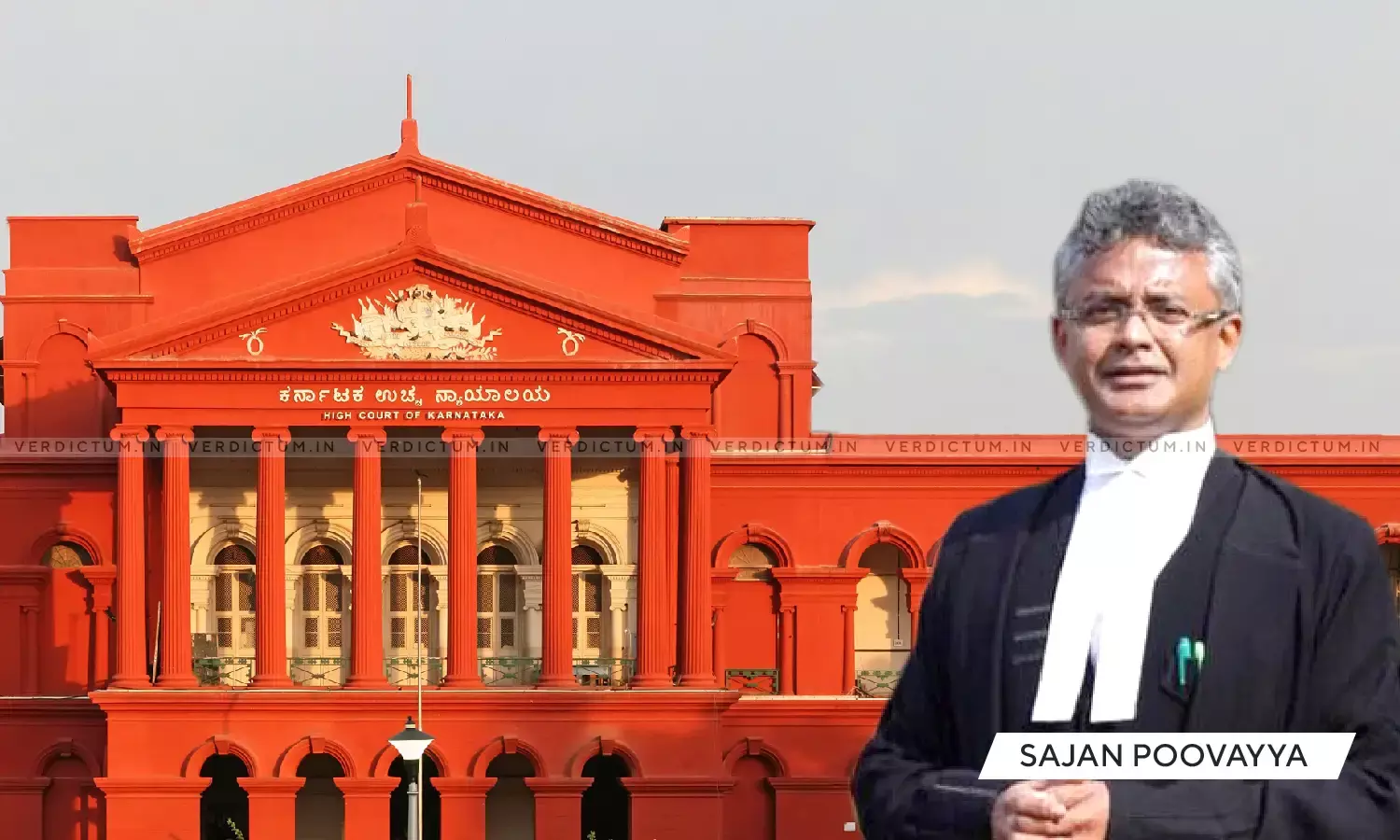Why Is It That We Teach Our Girl Child To Dress Modestly And Not Boys?- Highlights From Sajan Poovayya's Arguments In Hijab Case
Senior Advocate, Sajan Poovayya concluded his arguments yesterday on behalf of the College Development Council of the Pre-University College, Udupi.
Here are the major points made by him yesterday–
1. The Government Circular of 2014 was not challenged
It was contended that the college was funded by the Government and the CDC was constituted to provide welfare of the institution in tune with the local requirements of the State. It was clarified that the Committees were not necessarily headed by MLAs of the party in power.
The Chief Justice in response asked – "Whether this relief of quo-warranto can be granted?" to which SajanPoovayya responded rhetorically that – "How can it be? This seems to be an overnight drafting of petition, with due respect, a petition with red herrings".
2. A right to wear religious attire is amenable to Article 25 and not Article 19
It was argued that an external manifestation of a religion, its professing and propagating in an external forum can be regulated under Article 25(2) of the Constitution.
The Court was urged to refer to Article 39 (f) that had interestingly been brought in by the 42nd Amendment which had amplified the word 'secularism' in our Constitution.
3. The activity of education with the aid of the government is purely a secular activity
The Senior Advocate referred to Article 28 of the Constitution and submitted before the Court that no religious instruction should be provided in any educational institution wholly maintained out of State funds
It was argued by the Senior Advocate through a multitude of questions that – "If the State which maintains a College cannot impart any religious instruction there, can it be also read to mean there can be no religious manifestation in that institution?"
Additionally, the Senior Advocate again questioned whether - "can a person getting public education can insist he or she has to wear religious attire, even assuming they have established that it is an essential religious practice?"
It was further urged that since the preamble of the Karnataka Education Act stated that its objective was to form a secular outlook, it was the duty of the colleges to ensure that the school was secular.
4. After prescription of a uniform, religion is immaterial
It was submitted by the Senior Advocate that equality in education was important and it did not matter whether you are a Hindu or kodava, Christian or Muslim-Shia or Sunni. It was further contended that secular education was not just about academia but rather schooling was about overall development.
5. Referred to comparative scholarship
The Senior Advocate, compared Article 25 and Article 9 of the European Convention on Human rights. The Turkish cases and South African judgments were analyzed. A quote from the Turkish decision was read aloud – "Allowing Islamic headscarf in educational institution will amount to discrimination between practicing Muslims, non-practicing Muslims and non-believers."
6. Institutions cannot allow religious symbols
It was contended that In a secular activity, religious manifestations to wear could not be brought i.e. neither a Hindu symbol nor a Muslim hijab could be worn.
Poovayya referred to test of Essential Religious Practice mentioned in Justice Nariman's judgment in Sabarimala case which was premised on the basic question – "whether the religion will be altered if the practice is removed?"
It was argued that the attire was just a manifestation. The basic constitutional value as a school was to impart secular education and to protect the dignity of a girl child.
"The basic constitutional value for me as the school is, I have to impart secular education in my school, I have to ensure that dignity of the girl child is protected. I will not prescribe a protective attire to a girl child non-protective attire to a boy child on the basis of a religious faith that says that a girl must be dressed modestly and a boy need not", he argued.
It was further urged that – "In a constitutional scheme, can we dress our girls differently in the name of modesty? Where is the question of modesty for a girl child coming from? Are girls less? Constitution does not say so."
The hearing of the case will continue today at 2.30 pm.












